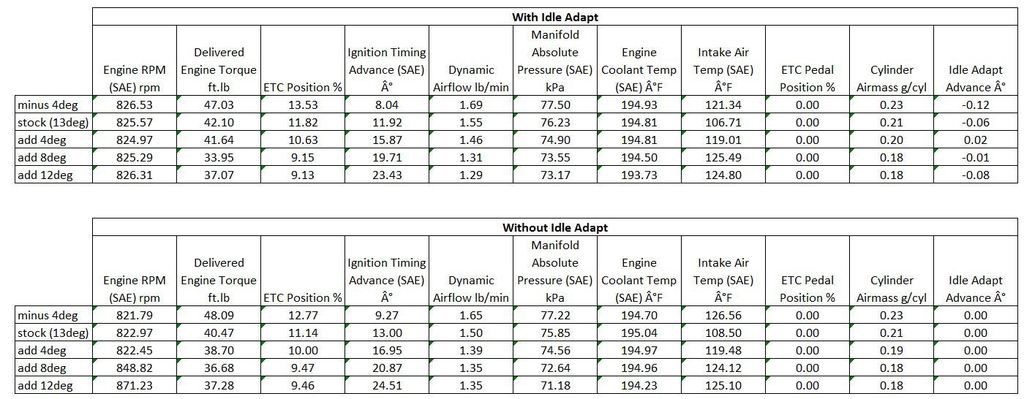Sorry to hear about the pump. Also not sure why the histograms aren't working unless some of the pids weren't compatible with the vehicle in question.
BUT it's no longer surging? Just stalling now? Did you get your MAF dialed back in? What are your fuel trims? Sorry don't have my labtop with me to look at your datalog or tune again. Speaking of which, do you have a latest tune and log to post?
Since it's no longer surging, try adding back (.5 to 1g/s) at a time to your entire min airflow table and see if the stall goes away. Just don't go beyond what it takes to get your problem fixed.





 Reply With Quote
Reply With Quote



 I'll go back and add the statement to make sure the units are the same.
I'll go back and add the statement to make sure the units are the same.